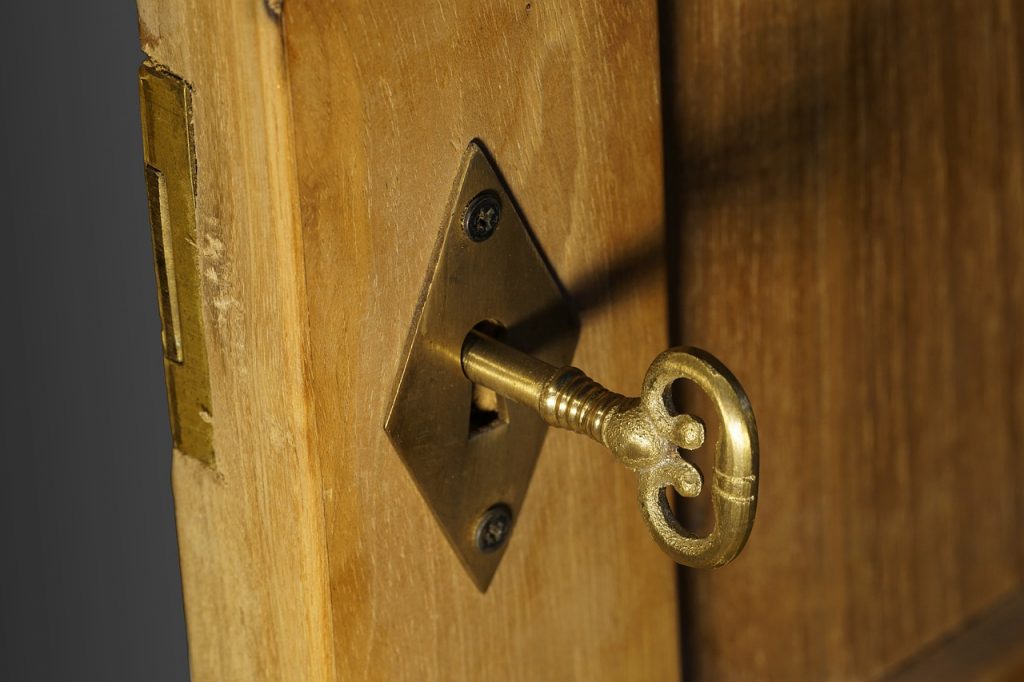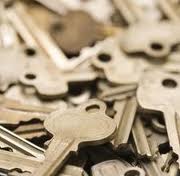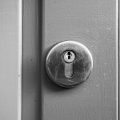- Locksmith & Home Security Technician
- Getting a career diploma in as little as 2 months.
- Gain experience with practical exercises and interactive assignments.
- Learn how to identify, create, and duplicate keys.
- Learn to work with several types of locks including safes, valuts, and auto.
- and more...

There are many situations that a locksmith can’t copy a key.
People either threw their keys by mistake or dropped them somewhere.
Fortunately, a locksmith can help create a new key on the spot according to the impression or code of the lock or by disassembling it.
Duplicating a lock is easy when you have the original key.
But, if you lost or broke your key, you need a locksmith to make a new one for you.
Table of Contents
How Can a Locksmith Make a Key from a Lock?
When people ask locksmiths to make a key, they usually make a spare key.
It could be a house key to give to a family member for an emergency.
More often than not, an existing key needs a duplicate.
But what happens if they don’t have the original key?
For example, you have a car with just one set of keys.
What can you do if these go missing before you get a spare cut?
A locksmith can create a key for your lock even without the original key.
There are three ways a locksmith can help you with this problem.
Cutting New Keys According to the Code
The locksmith uses the direct digit and the blind key codes.
Direct Digit codes
If the locksmith can disassemble the lock, he can crack the code and create a matching key.
Cracking the code means understanding the pins that embody the lock’s code.
Remember that the pins are different in length, and the order of each pin makes the lock’s code different from others.
Once the locksmith deciphers the code, he can make a matching key.
Creating new keys according to a lock’s code is the most straightforward repair process.
Locksmiths prefer using the direct digits code because they show the measurement and cutting pattern.
If you happen to lose your key, the direct digits code car’s manual code, the metal plate of the lock’s label.
A standard lock’s code is incised in the housing.
But, you have to remove the lock to find the code.
Blind key codes
Key codes or blind codes are the alphanumeric characteristics of a lock.
These codes are encoded manually into computer software to save the lock’s identification.
While this is an easy job for a locksmith, this is not possible, especially without the original key.
More often than not, the codes are incised on the code cards.
The locksmith will typically contact the manufacturer for that code.
To provide this cutting service, the locksmith uses a punch machine that can be operated manually.
This punching machine is designed to make an accurate key copy.
But, it can’t cut complicated keys.
Locksmiths also use the electric code machine.
This machine is made for more complex keys.
It can also make keys manually through cutting software.
Impressioning the Lock

A locksmith can take the impression of a lock.
This task is pretty straightforward because it does not require dismantling the lock to retrieve the codes.
The lock’s impression lets the locksmith make a key without the lock’s code.
This process is the most efficient way for a professional locksmith to cut a new key.
This can be tough for an amateur locksmith.
But, once you master it, this will only take 15 minutes at the most.
The pins will press against the key and leave a mark for locksmiths to cut.
Numerous trial runs are made to create the right key.
Only a skillful locksmith with the right tools can pull this off.
Therefore, you can trust that the locksmith knows what they are doing.
Of course, a disk detainer lock can take more time compared to a basic pin-tumbler lock.
Materials and the Process Used
The locksmiths use a key grip, a soft brass key blank, and a magnifying glass.
Ideally, the locksmith will insert the blank key of soft brass into the lock cylinder and turn it.
Rather than using rigid materials for the key blanks, locksmiths use soft brass.
Soft materials are used when impressioning a lock.
The locksmith prefers the six-inch Swiss #4 cut round file to make accurate cuts.
Apart from the file, he uses a grip to hold the key when creating an impression.
A magnifying glass makes an accurate cut.
The impressioning process starts by inserting a blank key and jiggling it side to side to create a mark.
When the necessary markings are done, the key is removed for filling to make the proper cut.
It must be accurate so the pins will raise.
Disassemble the Lock
If the locksmith fails to get an impression or lock’s code, the last option a locksmith can use is to disassemble the lock.
Compared with the other two methods, this is more challenging because it involves reverse engineering, alignment, and positioning of the pins inside a lock cylinder.
The lock cylinder must be disassembled in a non-destructive manner to prevent internal mechanism damage.
A similar method is used by the forensic locksmith when investigating and analyzing locks.
As with pin-tumbler locks, locksmiths must detach them from the door to disassemble them.
When the original key is missing, the locksmith has to pick the lock to disassemble them.
Locks should be in the unlocking setting to extract the screws inside the shackle.
He can remove the top cover, circlip, and pin when this is undone.
After the disassembly of the lock, he can get the much-needed pin measurements and the internal mechanism to create a key.
The locksmith will take note of the proper order of the pins because it should complement the pinning gauge.
After this, he will reassemble the lock by lining the tabs behind the tumbler.
Then the locksmith will slip the spindle to secure the door lock.
The Bottom Line
So, can a locksmith make a key from a lock?
They sure can!
So, don’t panic if you lose or break your key because they can create a new one for you.
They may use the key code, impression of the lock, or disassemble it.
These methods are based on the type of lock you have.
You need to know these methods to understand what your new key is going through.






Leave a Reply